-
Posts
607 -
Joined
-
Last visited
Content Type
Events
Profiles
Forums
Media Demo
Posts posted by Steben
-
-
Great monocolour Leopard. A tank in single drab seems boring to most but this is another example of the opposite.
On 18/08/2023 at 08:56, stevehnz said:I reckon the Leopard 1 is pretty much the best looking MBT out there
Tie with a Centurion IMHO
-
 2
2
-
-
19 hours ago, Casey said:
The only worrying part is this: "The most affordable supplier of custom filled BS 381C Light Stone 361 paint canisters in the UK from the RAL Classic Colour Chart."
It might be just closest RAL color.
possible, but probably typo.... it would be much more the case for a continental vendor
-
Man. Stunning topic.
-
 1
1
-
-
Welcome! Looking forward.
-
 2
2
-
-
Repair and maintenance have a thin red line in between....
About material not being used as intended....
Fact is, the more equipment is used beyond or besides its intention, the more legendary it becomes.
Let's not get started on Flak 88's....
After Korea, even the US bought some Centurions. The Centurion was simply "mobile artillery that got anywhere". Tank battles were scarce.Gepards are doing excellent in downing Russian drones. They have perfectly found a purpose in today's situation indeed.
If you want stuff that gets you some acceptable equipment regardless of the situation you might notice that the AK and a T tank are perfect.
Except ... they are not.
Logistics is all. And that's what Ukraine is battling for as well.
Any sustainable future concept in NATO is all about synchronised organisation. Ammo. Repair. A tank costs almost NOTHING except when it starts driving and shooting. -
By the way....

-
 3
3
-
-
Given the Leo 1 topic in the groupbuild I thought to elaborate a bit on RAL 6014.
The original German name is "Gelboliv" (yellow olive), although I've never seen yellow olives. I'ld call it dark olive rather than yellow...
It appeared only in the RAL system after world war 2 and some sneaky parts of my mind suggest that this might be close to RLM 81 but let's leave that for now.As I said earlier RAL 6014 is a bandwagon colour on the (western part of the)continent. In the Netherlands it is called "army green" which reminds most of their past conscript times. Some continentals might have started to find it boring. You can buy it in decoration paint stores, you can buy it in 1K, 2K whatever.
It was the base colour of vehicles in Germany (du uh), the Netherlands, Switzerland and Italy for many years.It is rumoured that the early post war RAL6014 was slightly more brownish than a late sixties variant.
It is possible, but dubious at least. Paint ages. Older artefacts are more aged by definition. Stories exist both about colour cards being different as well as about metamerism or different colour at an angle of the colour cards.
Maybe early RAL6014 aged brown where as the later RAL6014 aged greyish. Perhaps it was the chemical and IR formula that changed this.It is even possible early German vehicles were painted US olive drab which was in the 50ties quite brownish.
And some vehicles simply are too old or too young to have one or the other colour.
Leopard 1's came in to service in big numbers only at the time the newer colour is mentioned. Older US tanks only in the old colour. For modelling I'ld stick to US olive drab for those.
I know in the Belgian army many vehicles used to be in service in the original livery until overhauled. Even some CVRT variants kept Deep Bronze Green. The ww2 age British stuff kept its greenish OD. The first 50ties US tanks remained in Olive Drab. And Leo's were delivered in .... RAL6014.
Brand new satin finish modern RAL6014 is a dark dull Olive Drab in shady state that can be rather greenish or brownish with different environment.
Note the greyish shade on this VW bus upper sides (sky, concrete walls) and greenbrownish underside (grass):

In full sun, it becomes more vibrant olive drab.
Evening sun:

Midday sun:

When flatted out, it becomes more greygreenish shade as seen on these. Put a gloss coat on this and the pciture above comes close. Understanding gloss is crucial in understanding hue variants.


This Swiss Pinzgauer shows flat and glossy parts yet rather in fresh state:

When aged, it becomes easily tannish grey. But ... so do most.

Ow yes, while the colour is mostly phased out it is the official colour of Swiss army bikes since 1993.

Hope you liked it.
-
 4
4
-
-
1 hour ago, nickhenfrey said:
Bet that took a few days with an airbrush and a truck full of Tamiya 10ml xf pots....
Germans tend to be tough.
-
 1
1
-
-


They used your colour for real tanks.

-
 4
4
-
 2
2
-
-
That colour looks very very very good. I instantly see a German Leo. Effort is usually rewarded.
-
 1
1
-
 1
1
-
-
On 12/07/2023 at 12:31, PhantomBigStu said:
I was under the impression NATO green as an armour colour is seperate to NATO Green the British shade........
I have my own question for @Troy Smith, what actual shade of blue was MAP Deep Sky? I've had down as 2 quite different blues, painting a spitfire in one of them and ran out of paint (and a dealer sent me the wrong replacement)
So was it a dark shade like Vallejo 899/Humbrol 15, or a more medium shade like Vallejo 965 or something different altogether?
Nato green as a "concept" is what Nato uses. And many model paint companies use it as a name. Yet no one calls fs34094 "nato green". It is the American green variant of the 3 tone scheme. Usually nato green is used for ral 6031 bronze green and variants. It is a ... green. Americans go slightly darker, french slightly brighter.
Nato green as a specific colour is British. It is more of a greyish olive drab. Close to dull uniforms. And used - or a variant of -by the belgian and french army from 70ties to present. But slowly phased out.
At least in Belgium new vehicles usually are in the colour of origin. The Pandur comes from Austria for example and these are quite RAL 7013. And most other kit is RAL 6031 like.
-
On 08/06/2023 at 17:54, Casey said:
How mine went, you can see on some other forums... it was Humbrol Disaster.
NATO green, I have this:
Target: BS285 Nato Green
Matches in: Humbrol (compared with 170 samples)
DE00: 0.92 - AB0253 | No 253 | RLM 83 Dunkelgrun - Matt | GU 0.8


Matches in: Lifecolor (compared with 12 samples)
DE00: 1.38 - UA 502 | RLM 71 - Dunkelgrün | GU 11.3


Matches in: Revell (compared with 86 samples)
DE00: 1.60 - 36142 | Yellowish olive | GU 1.8


Matches in: Vallejo Air (compared with 254 samples)
DE00: 2.19 - 71.294 | US Forest Green | US Verde Bosque | FS34079 | ANA631 | GU 3.1


Matches in: Hataka (compared with 10 samples)
DE00: 2.20 - HTK-A016 | Dark Green | GU 9.6


Matches in: Tamiya (compared with 40 samples) (I do not have all TAMIYA measured, so I did not have chance to measure their dedicated NATO green yet, this is the closest I found so far)
DE00: 2.20 - XF-51 | Khaki Drab | GU 4.9


I like XF-51 as aged NATO GREEN. You can mix it (there we go again) for more fresh colour with some XF-58.

-
On 09/07/2023 at 22:47, Nosirrah said:
Although I have only been back into the hobby for 12 months I have found Revell Aqua the best for brushing, which is my only method. Despite shaking, mixing and sturing like a crazy fool the Tamiya paint always seems to clog and then come away with the brush instead of staying on, unless I am doing something wrong there.
Revell Aqua is ... waterbased. Dries less fast than Tamiya which is alcohol based.
When thinned correctly Tamiya is very nice to airbrush because..... it dries fast-
 1
1
-
-
On 08/07/2023 at 23:54, Casey said:
And to continue with paint recipes: Here are recipes for
Official United States Aircraft Colors 1908 - 1993 - US Navy and Marine Corps Aircraft Colors 1950 - 1959
Paint mixes are for Liquitex Basic Acrylic Fluid - 12 paints intro set
In FS standard, colors starting with number 1 are gloss, starting with 2 are satin, starting with 3 are matt. As always will need proper varnish or gloss/satin/matt medium added to the paint.
From my measurements, Liquitex Basic Fluid mixes are around 7.0 GU - gloss unit making it low satin, on edge of matt.
Problematic colors are: Fluorescent (obviously) and Insignia White, which is requiring so little pigment there is no good way to make it on small quantity, thus the recipe is for rather hefty 30 grams (think: more than a Tamiya jar).
Aircraft Gray 16473 | GU 39.0
Target: #A4ACAB, Mixture: #A4AEA9
Primary Blue: 150 mg
Burnt Umber: 500 mg
Titanium White: 3400 mg


DE00: 1.15
Black 17038 | GU 71.1
Target: #3C3B3C, Mixture: #3C3B3C
Mars Black: 1950 mg
Burnt Sienna: 1350 mg
Phthalocyanine Green: 550 mg
Dioxazine Purple: 150 mg


DE00: 0.36You can use Mars Black directly.
Black 37038 | GU 0.6
Target: #373738, Mixture: #393838
Mars Black: 3900 mg
Primary Yellow: 100 mg


DE00: 1.41You can use Mars Black directly.
Bright Red 31136 | GU 1.1
Target: #A5363A, Mixture: #A0393C
Cadmium Orange Hue: 2400 mg
Alizarin Crimson Hue Permanent: 1550 mg


DE00: 1.97
Dark Gull Gray 36231 | GU 0.8
Target: #7B7F7F, Mixture: #7B7F7F
Burnt Sienna: 300 mg
Light Green Permanent: 200 mg
Titanium White: 2700 mg
Mars Black: 700 mg


DE00: 0.29
Engine Gray 16081 | GU 73.8
Target: #37678E, Mixture: #36678E
Primary Blue: 2300 mg
Dioxazine Purple: 200 mg
Titanium White: 1150 mg
Mars Black: 250 mg


DE00: 0.09
Field Green 34097 | GU 0.9
Target: #555D3C, Mixture: #545E3D
Mars Black: 150 mg
Primary Yellow: 3200 mg
Phthalocyanine Green: 100 mg
Cadmium Orange Hue: 550 mg


DE00: 1.33
Fluorescent Red Orange 28913 | GU 31.2 - (approximate color)
Target: #FF3839, Mixture: #EB513E
Primary Red: 350 mg
Cadmium Orange Hue: 3450 mg
Titanium White: 100 mg


DE00: 4.08You need real fluorescent pigment for this color, use Liquitex Basic #983, Fluorescent Red. This is the closest non-fluorescent color you can get.
Insignia Blue 15044 | GU 83.4
Target: #3A3F4A, Mixture: #3C4047
Mars Black: 650 mg
Primary Blue: 3100 mg
Cadmium Orange Hue: 100 mg
Alizarin Crimson Hue Permanent: 100 mg
Titanium White: 150 mg


DE00: 2.31
Insignia Red 11136 | GU 86.5
Target: #9E3A3D, Mixture: #A03B3E
Primary Yellow: 400 mg
Primary Red: 2700 mg
Burnt Sienna: 150 mg
Alizarin Crimson Hue Permanent: 650 mg


DE00: 0.60
Insignia White 17875 | GU 35.3
Target: #F2EDDA, Mixture: #F5EBD8
Primary Yellow: 100 mg
Burnt Sienna: 100 mg
Titanium White: 29800 mg


DE00: 1.07This insignia white needs even less pigments than Insignia White from previous years. I am giving a recipe here but it is not for 4g but for 30 and even then it is not perfect. To make it in small quantities you need paint like Unbleached Titanium.
Instrument Black 27038 | GU 14.1
Target: #414245, Mixture: #424245
Burnt Sienna: 650 mg
Dioxazine Purple: 150 mg
Titanium White: 450 mg
Mars Black: 2650 mg


DE00: 0.28You can use Mars Black directly.
Interior Green 34151 | GU 0.8
Target: #626337, Mixture: #64633C
Primary Yellow: 2700 mg
Burnt Umber: 500 mg
Cadmium Orange Hue: 200 mg
Light Green Permanent: 450 mg


DE00: 1.45
International Orange 12197 | GU 75.8
Target: #D14C37, Mixture: #D44936
Primary Yellow: 700 mg
Primary Red: 200 mg
Cadmium Orange Hue: 2900 mg
Alizarin Crimson Hue Permanent: 150 mg


DE00: 0.45
International Orange 22246 | GU 48.4
Target: #D95D3C, Mixture: #D75D3B
Burnt Sienna: 100 mg
Cadmium Orange Hue: 3950 mg
Titanium White: 100 mg


DE00: 1.35
Light Green 14187 | GU 40.6
Target: #588644, Mixture: #588441
Titanium White: 250 mg
Primary Yellow: 1100 mg
Burnt Sienna: 200 mg
Light Green Permanent: 2350 mg


DE00: 0.77
Light Gull Gray 36440 | GU 1.5
Target: #B0B1AD, Mixture: #B2AFAC
Burnt Sienna: 150 mg
Titanium White: 3750 mg
Mars Black: 150 mg


DE00: 1.56
Maroon 10049 | GU 71.6
Target: #523E3E, Mixture: #513E3D
Burnt Umber: 1650 mg
Alizarin Crimson Hue Permanent: 2400 mg
Dioxazine Purple: 100 mg


DE00: 0.61
Medium Green 34079 | GU 0.7
Target: #4C5044, Mixture: #4B4F43
Primary Blue: 300 mg
Primary Red: 100 mg
Burnt Sienna: 1200 mg
Light Green Permanent: 2600 mg


DE00: 0.91
Olive Drab 34087 | GU 0.7
Target: #675D46, Mixture: #685D45
Primary Yellow: 1000 mg
Burnt Umber: 1850 mg
Light Green Permanent: 700 mg
Titanium White: 350 mg


DE00: 0.43
Orange Yellow 13538 | GU 68.5
Target: #FCAB06, Mixture: #FDAA00
Primary Yellow: 3800 mg
Cadmium Orange Hue: 100 mg


DE00: 1.49
Orange Yellow 33538 | GU 1.9
Target: #FFB200, Mixture: #FFB100
Primary Yellow: 3750 mg
Cadmium Orange Hue: 100 mg
Titanium White: 100 mg


DE00: 2.44
Sea Blue 15042 | GU 36.8
Target: #414649, Mixture: #41474A
Burnt Sienna: 250 mg
Phthalocyanine Green: 1050 mg
Titanium White: 550 mg
Mars Black: 2050 mg


DE00: 0.28
Seaplane Gray 26081 | GU 86.8
Target: #595D5D, Mixture: #595C5C
Burnt Umber: 1000 mg
Light Green Permanent: 500 mg
Titanium White: 1250 mg
Mars Black: 1150 mg


DE00: 0.1934087 mix in online golden mixer.... yikes

-
Slowly the guys at Brasschaat are getting there. Remember this is voluntary work.
Test fitting the turret.

-
 2
2
-
-
Welcome ... from Belgium 🇧🇪🍟🍺
Bienvenue - Welkom-
 1
1
-
-
Looking forward as well.
Side note: One of my OCD themes. "NATO GREEN"... ah those paint companies..... It is a good colour to use, yet "Green used by NATO members" is the better name. Even better "Bronzegrün".
"NATO GREEN" is a specific colour, much greyer/less green. -
Starmers paint chips.......
SCC5 = RAL 7002
SCC14 = RAL 7021
-
Stunning Tamiya mix. XF62 is too "vibrant".
What about Gunze H78? -

Based on MIke's mixes
-
 2
2
-
 1
1
-
-
Oh my .... ☺️
RAL 6014 is one of those colours that have a colourful olive drab when shiny and look very dark dully when flat.
Not unlike 50 60 ties US Olive drab.
-
1 hour ago, Vingtor said:
Black is not difficult to match. As written, the plates have to be prepainted by the modeller.
Nils
I ment the olive 😉
-
Wow, I love the colour quest.
6014 is pretty standard RAL colour in real life. Haven't tried the ak ones, but the last images catch that "not that young" hue spot on.
Too bad Revell does not match ral6014 with its "gelboliv" while they do match so many ral colours.
-
On 29/04/2020 at 09:16, Vingtor said:
I did the artwork for Norwegian license plates some time ago, including 1/32 military ones. These are silk printed, and you have to combine the individual digits on a pre-painted golden yellow plate. I got some sheets for the job, if I only could find them. Selling for NOK 50 + p&p if you are interested.
For the other markings, I cannot help.
I have a sample of the original paint - OGF-70 (Olive Green Field Colour). I could try painting it on a chip and see if I can match it to a FS colour or similar.Nils
Dear Vingtor, have you succeeded in matching the colour?


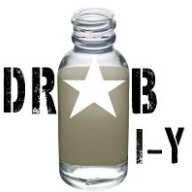
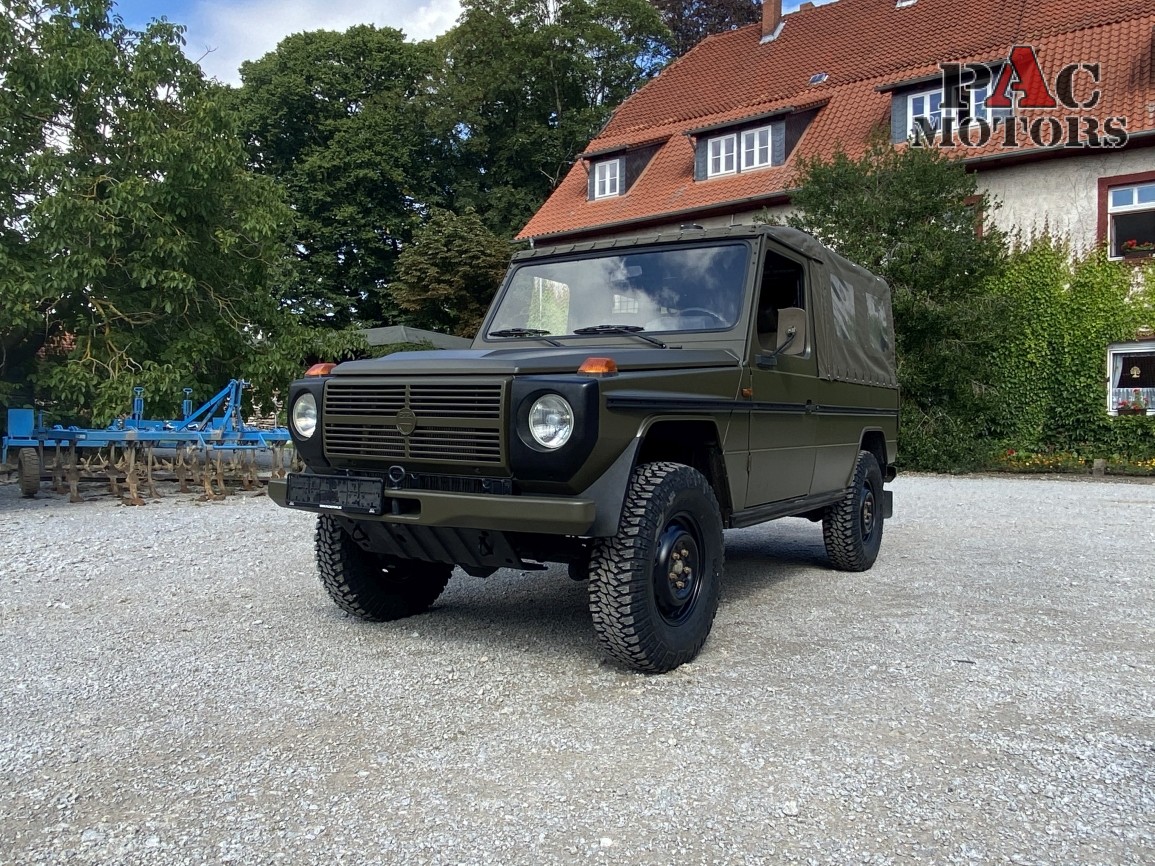

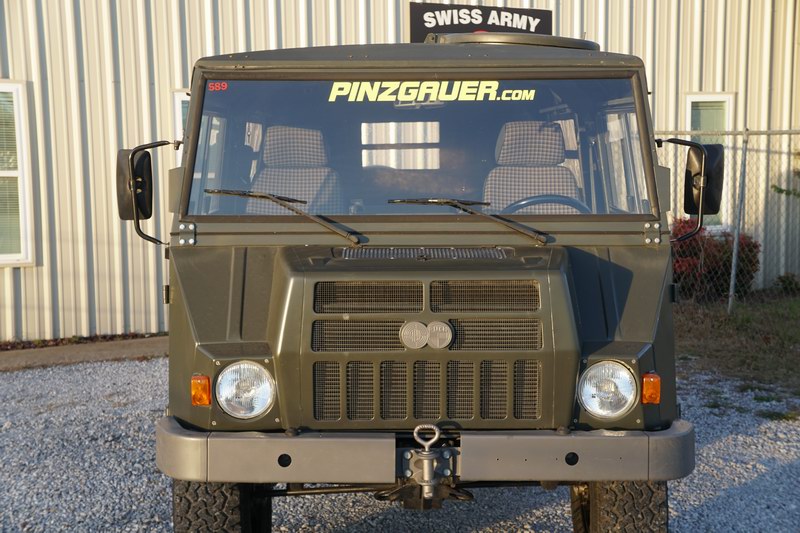


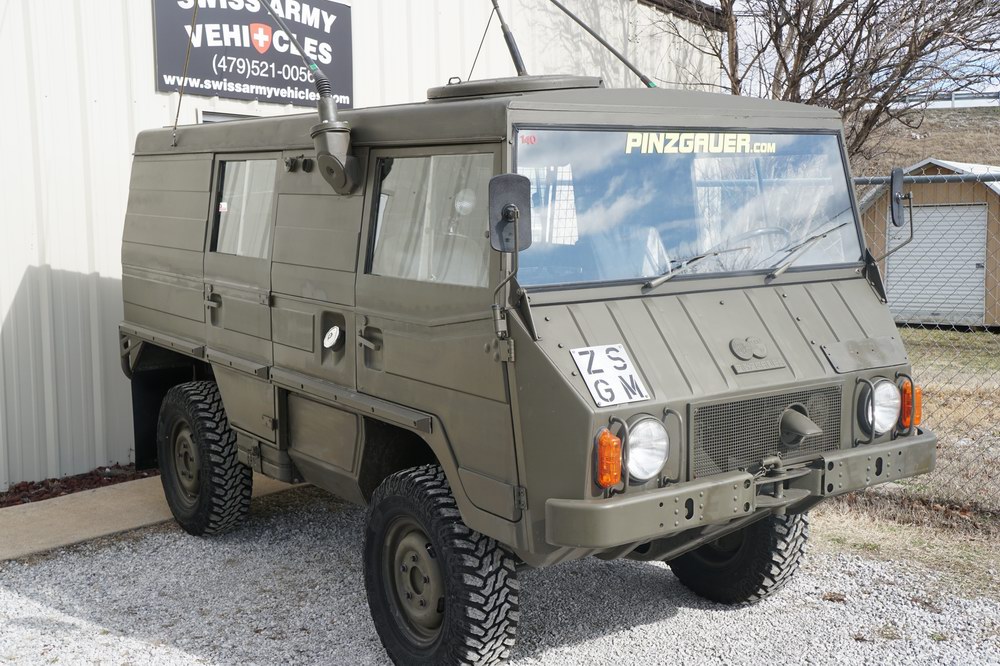
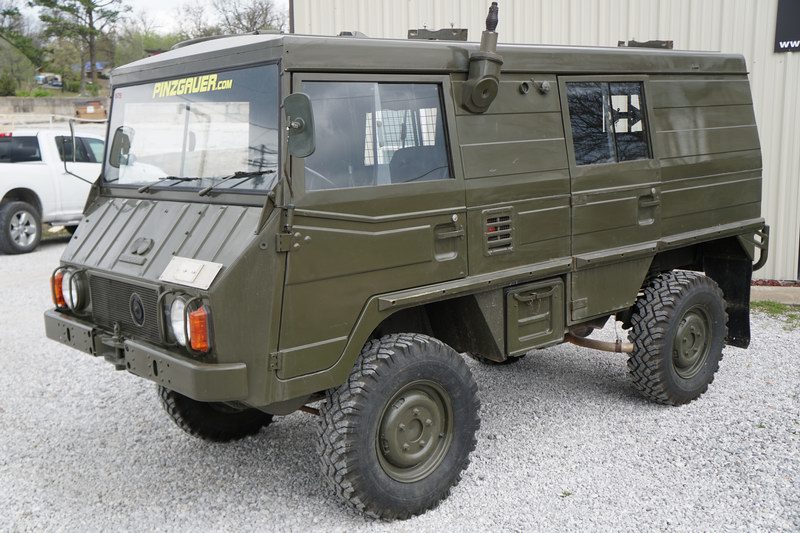









Churchill Mk IV restoration (Belgian Tank Museum) progress
in Real Armour
Posted
https://www.facebook.com/ChurchillMinotaur/posts/pfbid02HYjhsdfTmkKco9TAyXNTiZzwmB5swt1YrUXKaCDCDUaJcapybiWBvtjvbxQjiEtxl?comment_id=2771343616339455¬if_id=1694368160460954¬if_t=feedback_reaction_generic&ref=notif
Done in SCC15.